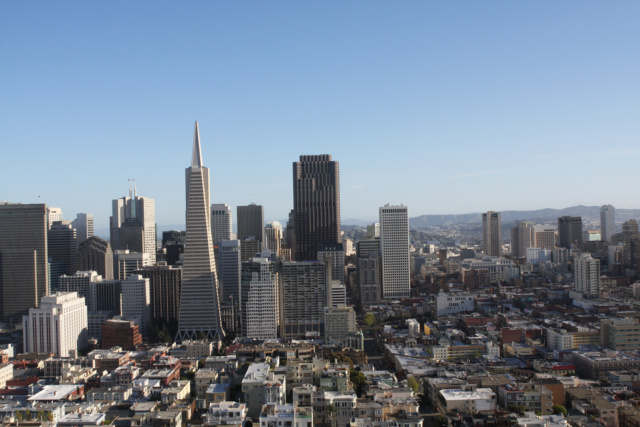
The San Francisco Bay Area is nourishing one of the country’s most active architecture scenes. Fueled by a booming technology sector, rapid population and commercial growth are delivering exciting new projects to the region.
On February 7, The Architect’s Newspaper is gathering leading local and California-based design practices for Facades+ San Francisco, a conference on innovative enclosure projects across the city, state, and country. Participants include EHDD, BuroHappold Engineering, CallisonRTKL, CO Architects, Heintges Consulting Architects & Engineers, and David Baker Architects.
Joe Valerio, founding principal of Valerio Dewalt Train Associates (VDT), will co-chair the half-day symposium. AN interviewed Valerio about what VDT is working on and the firm’s perspective on San Francisco’s architectural trends.
The Architect’s Newspaper: San Francisco is arguably the nation’s leading technological hub. How do you see this role impacting the architectural development of the city, and what do you perceive to be the most exciting facade trends in San Francisco today?
Joe Valerio: Perhaps, the pressure that technology companies are creating on the building sector will finally lead to real innovation in how we build things. The San Francisco building sector does not have the capacity to move forward using conventional means. I believe that continual innovation will help the city catch up to its vast demand.
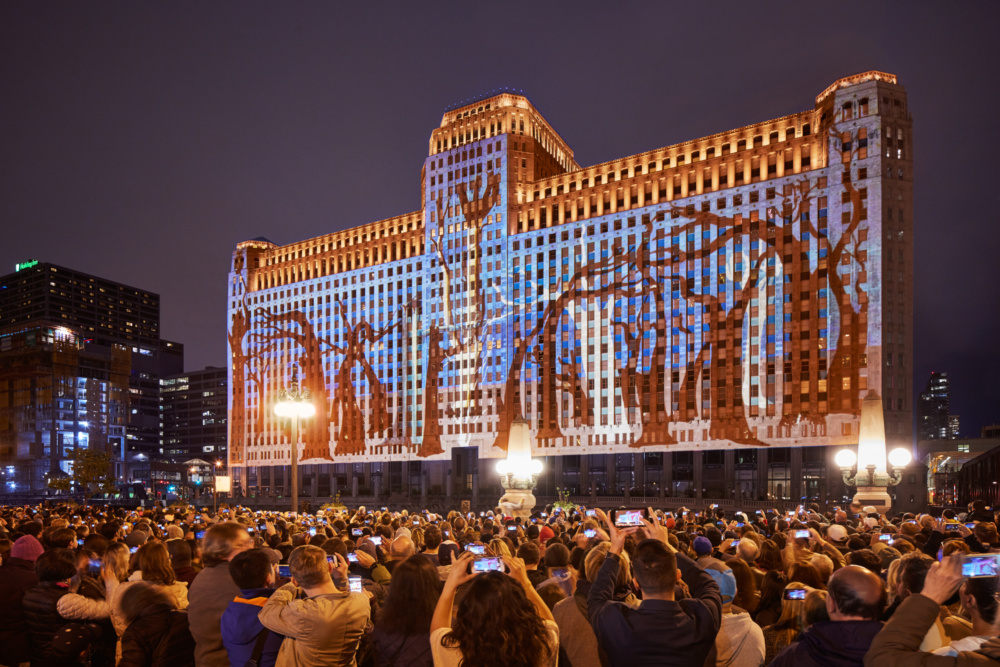
It’s an exciting time for design in San Francisco. With technology evolving at such a rapid rate, it has been interesting to see how it is beginning to manifest itself in architecture, both physically and experientially. For instance, in the physical sense, buildings like the de Young Museum or the Transbay Terminal are utilizing parametric modeling to create interesting forms and textures with metal mesh. Faceted glass is also being implemented in interesting ways in high-rise projects, such as the LinkedIn headquarters or the Oceanwide Center.
But on the experiential side, digital is becoming a new palette for architectural design. The Salesforce lobby, for example, uses digital projection mapping to draw people in from the street. Its translucent facade almost disappears from view, making the lobby feel like its extension. This is something that we have been experimenting with in our own work, in projects such as Art on theMart in Chicago or the YouTube lobby in San Bruno.
What projects is VDT working on, and what innovative enclosure practices are being used?
JV: We are developing a graduate student village for Vanderbilt University in Nashville, with our partners at Lend Lease Communities, and are looking at a wide range of modular and prefabricated construction techniques to meet the speed at which we need to deliver this project. New modular techniques that implement cross-laminated timber and steel into their modules are allowing us to go higher than the five stories limited by wood stick construction. We’re also implementing modular prefabricated cold-formed steel panel systems for quick assembly on site.
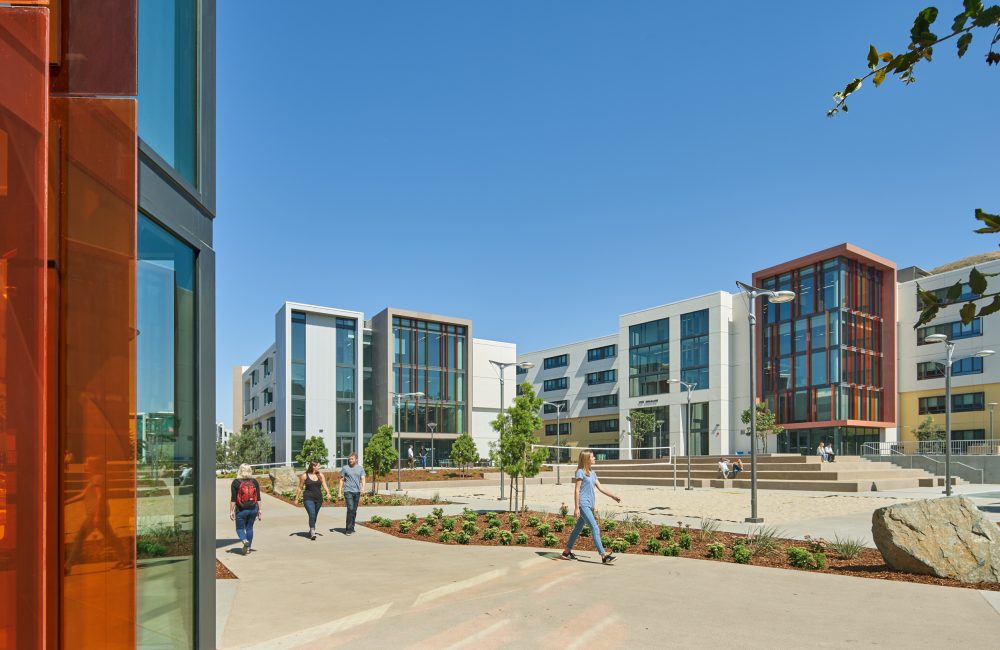
Universities present tremendous opportunities in housing, and we find that embracing challenging parameters leads to very exciting outcomes.
VDT is located in multiple cities across the country; what are the particular challenges and benefits of working in San Francisco?
JV: One of the most exciting aspects of working in San Francisco is our client base. We work with companies that are constantly pushing the boundaries of technology, and for us, finding new ways to meet their needs with architecture is a thrilling prospect. Quite often, our work in the city deals with very interesting pre-existing buildings, such as in the case of Adobe Town Hall. Here we were challenged to both expand and reinvent the company’s dining experience all the while preserving a building that’s listed as a historic landmark. Its previous function as a tool factory became the driving force behind a new design, conceptually celebrating culinary tools developed by their new chef, and digital tools that Adobe continues to develop to this day. It’s opportunities like this that constantly pique our interest in San Francisco.
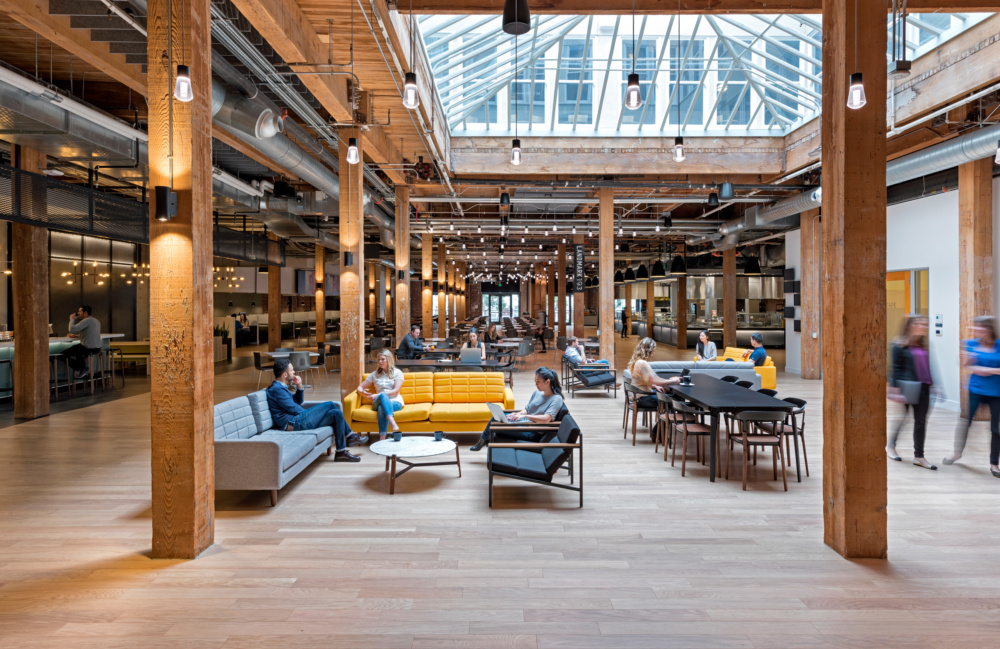
But on the other side of the coin, having such a highly innovative and skilled architecture community has created a severe labor shortage in the city—a constant reminder of how thankful we are to have such a talented team.
Is there a particular technique or materials that VDT is experimenting with?
JV: There has always been a drive to bring new materials into our enclosures. Yet these systems are still dominated by old techniques and primitive materials such as glass. We have experimented with new materials such as ETFE, and we would forecast that assembling these old materials in innovative ways is the path forward. Remember the iPhone has a glass screen.
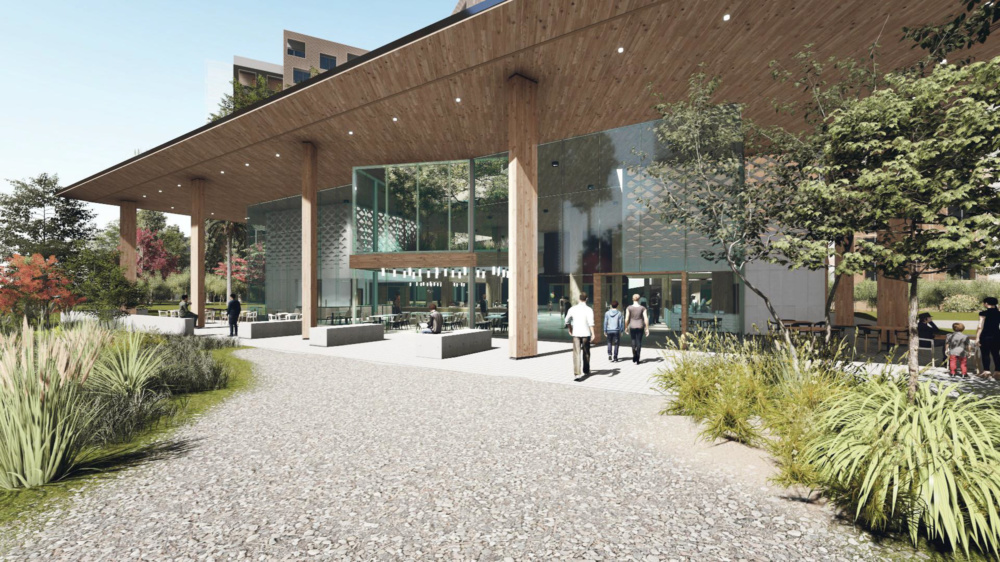
Additionally, cross-laminated timber (CLT) continues to show a lot of promise. We have been working with a company on modular prefabricated CLT housing at a larger scale, and we’re excited to see how we can begin to leverage cost and design with new techniques.
Further information regarding Facades+ San Francisco may be found here.



